Professeur Dr Omar Faruk Unal, problèmes de respiration bébé sont énumérés comme suit • Laryngomalacie elle survient à la suite du développement du larynx à la tête des voies respiratoires Les ecchymoses, l'essoufflement peuvent être vus et sont fréquents chez les bébés13 Comment soigner une Laryngomalacie?Sam, à trois mois et demi (début 17) On entend très distinctement le stridor dû à sa laryngomalacie (larynx mou, malformation congénitale provoquant une r
Q Tbn And9gcraczjhw7g07ekka3mr07vovs90hxrwi Qzdiiwbjjtixq5sjj3 Usqp Cau
Laryngomalacie bebe 1 mois
Laryngomalacie bebe 1 mois- Laryngomalacia is defined as collapse of supraglottic structures during inspiration It is the most common laryngeal disease of infancy Laryngomalacia presents in the form of stridor, a highpitched, musical, vibrating, multiphase inspiratory noise appearing within the first 10 days of life Signs of severity are present in 10% of cases poorAbstract Background The advent of supraglottoplasty clearly has transformed the surgical management of severe laryngomalacia The condition, however, generally runs a milder course, with spontaneous resolution the norm Objectives To identify gaps in the knowledge and identify topics for future study



Http S184 10 Aphp Fr Malformationsorl Img Pdf Laryngomal Pdf
J'ai un bébé de cinq mois (une petite fille) qui a été diagnostiqué d'une laryngomalacie Lorsqu'elle dort, elle fait un bruit comme si elle avait de la glaire Je lui ai élevé un petit peu le matelas, comme me l'a conseillé le pédiatre, mais elle continue de le faire et, parfois, elle entre en apnée The PT is a 7 month old male with a history of plagiocephaly, laryngomalacia and glottal surgery He demonstrated coughing with feedings and apneic episodes (awake and asleep), prior to surgery with no cyanotic episodes When I started treatment, he was 4 months old, post surgery and MBS The MBS reported Thin liquidnot enough swallows to beDans le fond, la laryngomalacie, on doit juste porter plus attention à plein de petit trucs quoi qu'on porte déjà attention avec un bébé Et c'est rassurant de savoir que ça part ou que ça diminue!
Laryngomalacia (LM) is a congenital abnormality that predisposes to dynamic supraglottic collapse during the inspiratory phase of respiration, resulting in intermittent upper airway obstruction and stridorNous sommes en train de monter un powerpoint de formation et nous sommes à la recherche d'un vidéo de bébé, ayant une laryngomalacie, qui allaite, pour pouvoir montrer les bruits que le bébé15 C'est quoi une Laryngomalacie?
Laryngomalacie chez un bebe Dernière réponse 21 septembre 15 à 12h43 à 17h01 Coucou les mamans !Pourquoi mon bébé fait du bruit quand il dort?Laryngomalacia is defined as a supraglottic collapse of the glottis, resulting in intermittent airflow obstruction and associated wheezing 1) Laryngomalacia is the most common cause of stridor in babies 2) Stridor results from upper airway obstruction caused



Q Tbn And9gctmka1dxxqiznvd5w2rhxkoc8bsaiy 8dfx9hsq Ii Usqp Cau




Laryngomalacie Instagram Posts Photos And Videos Picuki Com
Voila on a decoucert une laryngomalacie (larynx trop souple, pas assez Musclé) à mon bébé Il a eu un rhume à 1 mois et demi, paraissait trés encombré, ça graillonait beaucoup Copier le lien Stridor Bonjour, J'ai également une petite fille de 4 mois qui a un stridor laryngomalacie Il faut savoir que le stridor s'aggrave générallement entre 3 et 6 mois Pour ma part, petite puce a subit une opération à 3 mois et en subit une seconde dans quelques jours (elle va avoir 5 mois)Molly has Laryngomalacia, at first when she was born she was very noisy and squeaky when feeding, and it just got worse and worse whilst she wasnt even feedi



Q Tbn And9gcraczjhw7g07ekka3mr07vovs90hxrwi Qzdiiwbjjtixq5sjj3 Usqp Cau
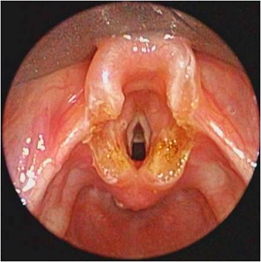



Laryngomalacie Unite Des Voies Aeriennes Chuv
Vous connaissez un bébé 'bruyant' quand il est allaité?Laryngomalacia is the most common cause of stridor, or "noisy breathing" in infants It is a congenital condition although it may not appear until the first several days or weeks of life Laryngomalacia is caused by redundancy of the tissue above the vocal cords The redundant tissue collapses inward during inspiration and causes turbulence It isn't always super comfortable for me, but it works Also, reflux is super common with laryngomalacia, which could definitely make your LO fussy at the breast Mine had silent reflux, so while he wasn't spitting up much, he was still in pain He is on Zantac now and it is a huge help Good luck, and hang in there!




Diagnostic Des Dyspnes Larynges Dr Arab Service Orl



Www Chu Toulouse Fr Img Pdf 5 Prise En Charge D Un Stridor Dr Gallois Pdf
Laryngomalacia is the most common cause of stridor in neonates It typically presents with inspiratory stridor and is often associated with feeding problems Severe cases present with stridor, apnea, significant respiratory distress, and failure to thriveMost patients are managed conservatively and can expect to see symptom resolution by 12–24 months of ageStridor is the highpitched sound that's made when your child breathes in It's the most common symptom of laryngomalacia Stridor may sound worse when your child is lying on his or her back or if he or she has a cold It may also worsen as your child grows and becomes more active This is Laryngomalacia, shown in the image below, is a congenital abnormality of the laryngeal cartilage It is a dynamic lesion resulting in collapse of the supraglottic structures during inspiration, leading to airway obstruction It is thought to represent a delay of maturation of the supporting structures of the larynx




Physiopathologie Et Demarche Diagnostique Face A Une Laryngomalacie Du Nourrisson Sciencedirect




Un Bebe Ne Prematurement A 4 Mois Du Terme Rentre Enfin A La Maison Apres Un An Dans Une Unite Neonatale De Soins Intensif Epoch Times
Modes of inheritance A mode of inheritance that is observed for traits related to a gene encoded on one of the autosomes (ie, the human chromosomes 122) in which a trait manifests in heterozygotes In the context of medical genetics, an autosomal dominant disorder is caused when a single copy of the mutant allele is presentLaryngomalacia is the most frequent cause of noisy breathing (stridor) in infants and children It is the most common congenital anomaly (birth defect) of the voice box (larynx) Laryngomalacia is best described as floppy tissue above the vocal cords that falls into the airway when the infant breathes in The cause of laryngomalacia and the Laryngomalacia (LM) is best described as floppy tissue above the vocal cords that falls into the airway when a child breathes in It is the most frequent cause of noisy breathing (stridor) in infants and children It is the most common birth defect of the voice box (larynx) The cause and reason why the tissue is floppy are unknown



Cours



Http S184 10 Aphp Fr Malformationsorl Img Pdf Laryngomal Pdf
A rare genetic disease with characteristics of polyhydramnios (mostly due to placentomegaly), fetal macrosomia, abdominal wall defects, skeletal abnormalities (including bellshaped thorax, coathanger appearance of the ribs and decreased mid to wide thorax diameter ratio in infancy), feeding difficulties and impaired swallowing, dysmorphic features (hairy forehead, full cheeks, protrudingPourquoi le bébé faitil des bruits étranges en respirant ? FPnotebookcom is a rapid access, pointofcare medical reference for primary care and emergency clinicians Started in 1995, this collection now contains 6952 interlinked topic pages divided into a tree of 31 specialty books and 737 chapters



Stridor Bebe Orl Pediatrique Polyclinique Du Parc Toulouse



Http Www Medecine Et Enfance Net Showpdf Html File Data Pdf J 07 11 443 Pdf
Tendrá una cita con el otorrinolaringólogo, especialista de oídos, nariz y garganta, para hablar de los síntomas, la alimentación yLaringomalacia 2 de 2 ¿Cómo se diagnostica? Laryngomalacie La laryngomalacie, ou larynx mou, est la cause congénitale la plus fréquente de respiration bruyante, ou stridor, associée à des difficultés d'alimentation chez les nouveaunés Les tissus supraglottiques, situés audessus des cordes vocales, sont trop souples L'épiglotte relevée (en forme de tube ou d'oméga) est




Stridor Congenital Laryngomalacie Symptomes Et Traitement Doctissimo




Stridor Et Laryngomalacie Figure 2
Congenital abnormality of the larynx cartilage that predisposes to dynamic supraglottic collapse during the inspiratory phase of respiration, resulting in intermittent upper airway obstruction and stridor Most common laryngeal anomaly and most frequent congenital cause of stridor in infantsLaryngomalacia is the most common cause of noisy breathing in infants More than half of infants have noisy breathing during the first week of life, and most develop this by 24 weeks of age Rarely, laryngomalacia occurs in older children, or adults,En fait, cela est dû aux petites particules en suspension qui sont arrêtées par les cils de leurs narines et comme ces dernières sont encore petites et étroites, ça fait plus de bruit que chez nous




Laryngomalacie Instagram Posts Photos And Videos Picuki Com




Developpement Et Sante Dyspnees Obstructives De L Enfant
Laryngomalacia is a common cause of noisy breathing in infants It happens when a baby's larynx (or voice box) is soft and floppy When the baby takes a breath, the part of the larynx above the vocal cords falls in and temporarily blocks the baby's airway Laryngomalacia (luhringohmuhLAYshuh) usually gets better on its own by the time a Laryngomalacia My 8 week old little man was diagnosed with laryngomalacia today It means the laryngeal structure is malformed and floppy, causing the tissues to fall over the airway opening and partially block it It is the cause of his horrific sleep (or lack there of), constant grunting, and feeding issues Fortunately he will grow out of it by 14 months but unfortunately Laryngomalacia is an abnormality of the voice box (larynx) that leads to the inward collapse of the airway when air is drawn into the lungs (inspiration) It usually becomes apparent at birth or shortly after birth The most common symptom is noisy breathing (stridor) that is often worse when the infant is on his/her back or crying
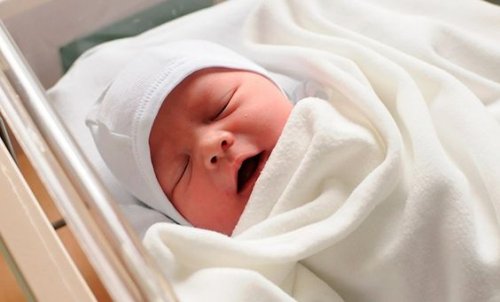



Pourquoi Les Nouveau Nes Font Ils Des Bruits Etranges En Respirant Etre Parents



Www Orlfrance Org Wp Content Uploads 17 06 Laryngomalacie Pdf
Laryngomalacia (say "luhRINGgomuhLAYshuh") is a breathing problem caused by a large flap of soft tissue above the larynx The larynx, or voice box, is part of your baby's windpipe When your baby breathes in, the soft flap covers part of the larynx That canProfesseur Dr Omar Faruk Unal, problèmes de respiration bébé sont énumérés comme suit • Laryngomalacie elle survient à la suite du développement du larynx à la tête des voies respiratoires Les ecchymoses, l'essoufflement peuvent être vus et sont fréquents chez les bébés Si votre laryngomalacie bébé est à l'origine des symptômes qui peuvent justifier un traitement, trouver un spécialiste avec expérience dans le traitement laryngomalacie Vous devrez peutêtre aller en ligne pour trouver des groupes de soutien qui peuvent aider ou essayer l'école de médecine d'une université voisine



Http S184 10 Aphp Fr Malformationsorl Img Pdf Laryngomal Pdf



Laryngomalacie Dr Francis Pilolli
La laryngomalacie, principale cause de stridor congénital, est une pathologie couranteDans la plupart des cas, les symptômes sont légers et régressent avant l'âge de 2 ans Mais dans certains cas, la sévérité des signes cliniques est à l'origine de conséquences importantes, qui nécessitent une intervention chirurgicaleOn appelle ce bruit étrange le stridor congénital ou laryngomalacie Cette maladie se caractérise par une flaccidité anormale de la trachée ou du larynx ces organes ne sont pas assez développés Laryngomalacia treatment will often occur on its own, and babies will grow out of it within two years In rare cases where the condition persists, a surgical operation called a supraglottoplasty will be needed With this procedure, Dr Samadi will slice the floppy tissue above the vocal cords while the child is under anesthesia




Quand Faut Il Operer Une Laryngomalacie De L Enfant Covid 19




Dyspnee Laryngee De L Enfant Medix Cours De Medecine En Ligne Encyclopedie Medicale
Pourquoi bébé fait du bruit en dormant?Le nouveauné est souvent agité, il tête fort dans le vide, fait des mouvents incontrôlés avec ses bras comme s'il venait de faire un terrible cauchemarDefined as the inward collapse of the supraglottic structures during inspiration, leading to partial occlusion of the airway Laryngomalacia is the most common cause of stridor in pediatric patients Responsible for 6575% of cases of stridor The exact cause of laryngomalacia is still unknown and is an area of great interest, however, it is




Laryngomalacie Cause Principale De Stridor Chez Le Nourrisson Et Le Petit Enfant




Dyspne Larynge De Lenfant Items 193 198 Ecn
On s'inquiète tellement pour nos enfants!Laryngomalacia (also known as laryngealmalacia) is a condition that results from a birth defect in your child's voice box (larynx) The soft tissues of the larynx fall over the airway opening and partially block it This can result in stridor — a highpitched sound that is heard when your child inhales Laryngomalacia is sometimes referredRequired Cookies & Technologies Some of the technologies we use are necessary for critical functions like security and site integrity, account authentication, security and privacy preferences, internal site usage and maintenance data, and to make




Un Bebe Ne Prematurement A 4 Mois Du Terme Rentre Enfin A La Maison Apres Un An Dans Une Unite Neonatale De Soins Intensif Epoch Times




Maman Lune Bebe Allergie Frein Reflux Tensions Facebook
Laryngomalacia ( C ) A congenital or acquired condition of underdeveloped or degeneration of CARTILAGE in the LARYNX This results in a floppy laryngeal wall making patency difficult to maintainLaryngomalacia is a common cause of noisy breathing in infants It happens when a baby's larynx (or voice box) is soft and floppy When the baby takes a breath, the part of the larynx above the vocal cords falls in and temporarily blocks the baby's airway Laryngomalacia (luhringohmuhLAYshuh) usually gets better on its own by the time aPediatric Laryngomalacia When tissue is softer than normal in the larynx (voice box), it can cover the vocal cords and airway, making it difficult for infants to breathe Dallas Fax Suite F5300



Dumas Ccsd Cnrs Fr Dumas Document




Laryngomalacie Instagram Posts Gramho Com
Si la laryngomalacie de votre bébé provoque des symptômes pouvant justifier un traitement, trouvez un spécialiste ayant de l'expérience dans le traitement de la laryngomalacie Vous devrez peutêtre aller en ligne pour trouver des groupes de soutien qui peuvent aider ou essayer une école de médecine d'une université à proximité The defect is associated with larynx or the voice box When the larynx or the upper part of the voice box, which is a soft and floppy tissue, falls into the path of breathing or the airway, it blocks the breathing This creates the noise To understand the mechanism or functionality of the larynx, one must have a clear idea of the physiology
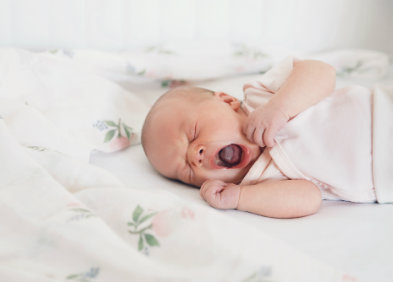



Laryngomalacie Stridor Congenital Sante Sur Le Net




Mon Bebe Fait Des Bruits Bizarres En Respirant Est Ce Un Stridor Pediatre Online
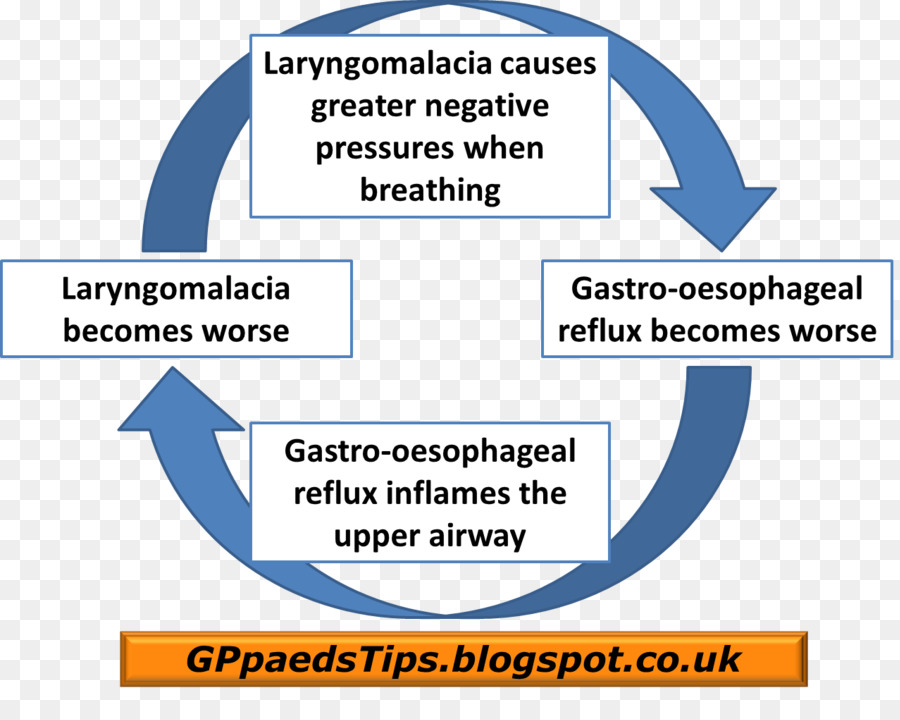



Laryngomalacie Reflux Gastro œsophagien Enfant Png Laryngomalacie Reflux Gastro œsophagien Enfant Transparentes Png Gratuit
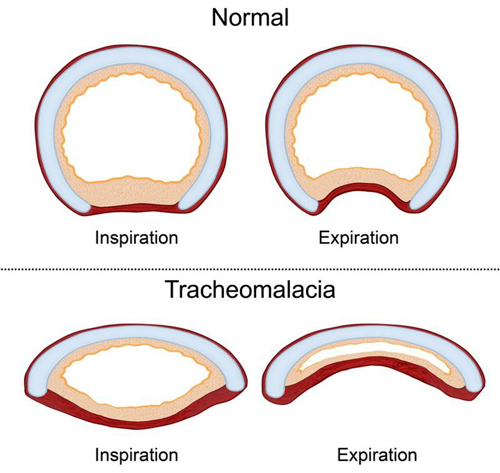



Tracheomalacie Et Bronchomalacie Unite Des Voies Aeriennes Chuv




Ulaval Med 1230 Problemes Respiratoires Wikimedica




Le Larynx De L Enfant Les Dyspnees Laryngees Pdf Free Download




Le Stridor Un Symptome Qui Touche Les Enfants




Laryngomalacie Instagram Posts Gramho Com




Stridor Pas A Pas En Pediatrie
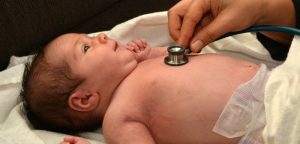



Laryngomalacie Stridor Congenital Sante Sur Le Net




9 Idees De Laryngomalacie Orthophonie Anatomie Physiologie Anatomie Humaine



Http Campus Cerimes Fr Orl Cycle3 Chirurgie Laryngomalacie Pdf




Laryngomalacie Youtu Be Dnfdpdxf9du Cours De Medecine Facebook




Bebe A La Bronchiolite Faut Il S Inquieter Magicmaman Com



Laryngomalacie Et Faible Prise Du Poids Forum Bebe 0 3 Ans




Les Traitements D Une Laryngomalacie Marie Fortier



Stridor Bebe Orl Pediatrique Polyclinique Du Parc Toulouse




Ppt Detresse Respiratoire Du Nourrisson Et De L Enfant Powerpoint Presentation Id




Stridor Congenital Laryngomalacie Symptomes Et Traitement Doctissimo




Les Parents De Zakary Lancent Un Cri Du Cœur Chambly Express




Qu Est Ce Que La Laryngomalacie Marie Fortier



Laryngomalacie Chez Le Bebe Bebes Et Mamans




La Cause D Une Laryngomalacie Marie Fortier




Laryngomalacie Ap Hm




Detresse Neonatale Approche Clinique Wikimedica




Laryngomalacie Instagram Posts Photos And Videos Picuki Com
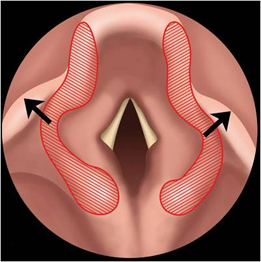



Laryngomalacie Unite Des Voies Aeriennes Chuv




Stridor Bebe Fait Du Bruit En Respirant Parents Fr




Pathologie Digestive Du Nourrisson De La Naissance 1




Laryngomalacie Youtube




Stridor Congenital Laryngomalacie Symptomes Et Traitement Doctissimo




Stridor Du Bebe La Goutte De Lait Saint Leon



Cours



Maitrise De L Airway Chez L Enfant Aivoc Conference Octobre 19



Www Edimark Fr Front Frontpost Getfiles Pdf




Le Stridor Larynge C Est Un Pas A Pas En Pediatrie Facebook




Physiopathologie Et Demarche Diagnostique Face A Une Laryngomalacie Du Nourrisson Sciencedirect




Laryngomalacie Stridor Chez Le Bebe Anatomie De Larynx Mou Youtube




15 Juin 14 Angelique Et Bertrand Parents De Bastien Courent Pour L Afao A Lyon Afao Association Francaise De L Atresie De L œsophage
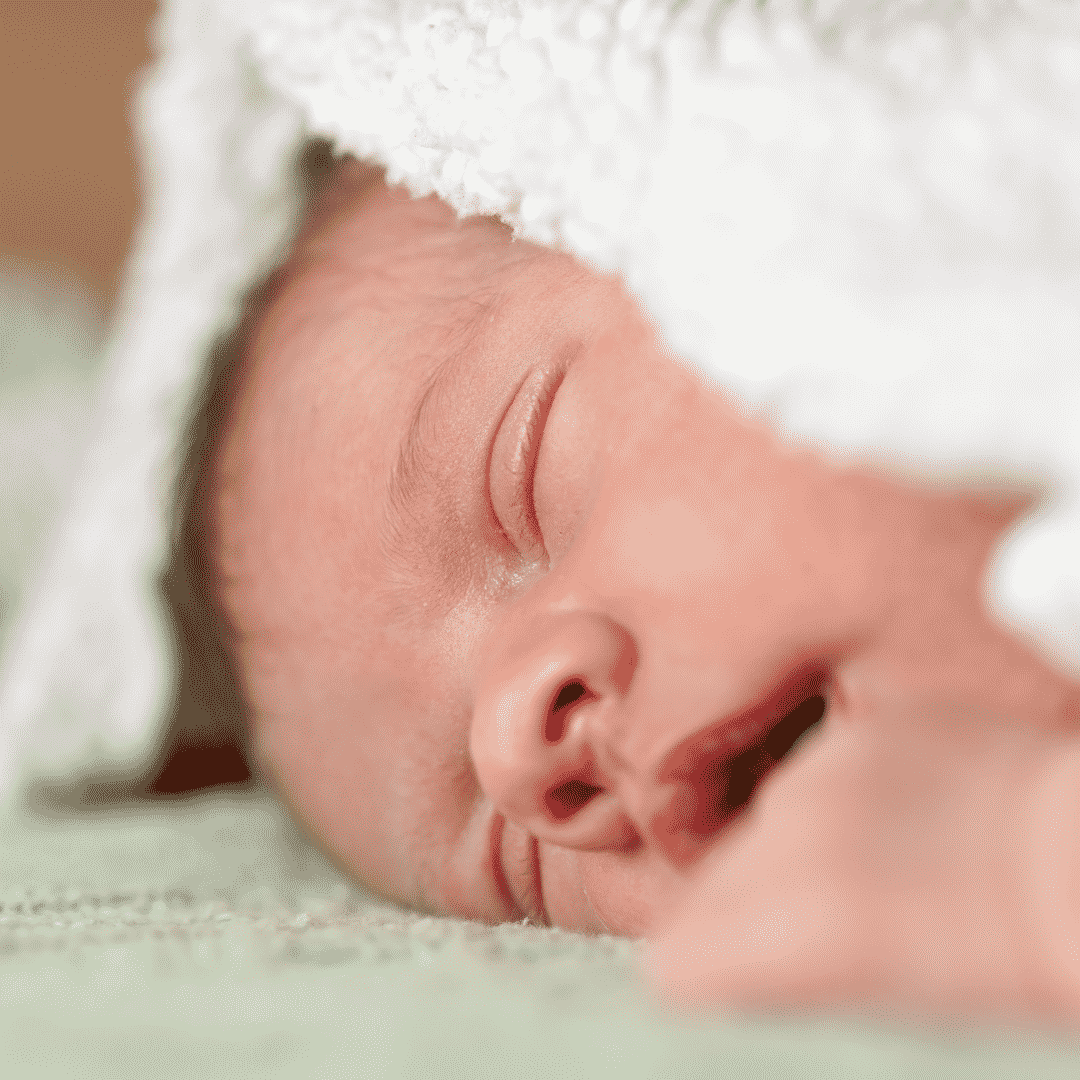



La Cause D Une Laryngomalacie Marie Fortier




Laryngomalacie Stridor Bebe 65 Days Old Laryngomalacia الصرير الحنجري Youtube



Dumas Ccsd Cnrs Fr Dumas Document




Stridor Congenital Laryngomalacie Symptomes Et Traitement Doctissimo




9 Idees De Laryngomalacie Orthophonie Anatomie Physiologie Anatomie Humaine




La Laryngomalacie Sante Vous Bien Sur




Son De La Laryngomalacie Youtube




Laryngomalacie Provoque Chez Les Adultes Sexeachsibic Over Blog Com
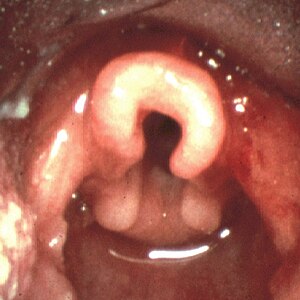



Laryngomalacia Wikipedia




Laryngomalacie Stridor Chez Le Bebe Anatomie De Larynx Mou Youtube



Alte Brue Ou Malaise Grave Du Nourrisson Urgence Chu Sainte Justine
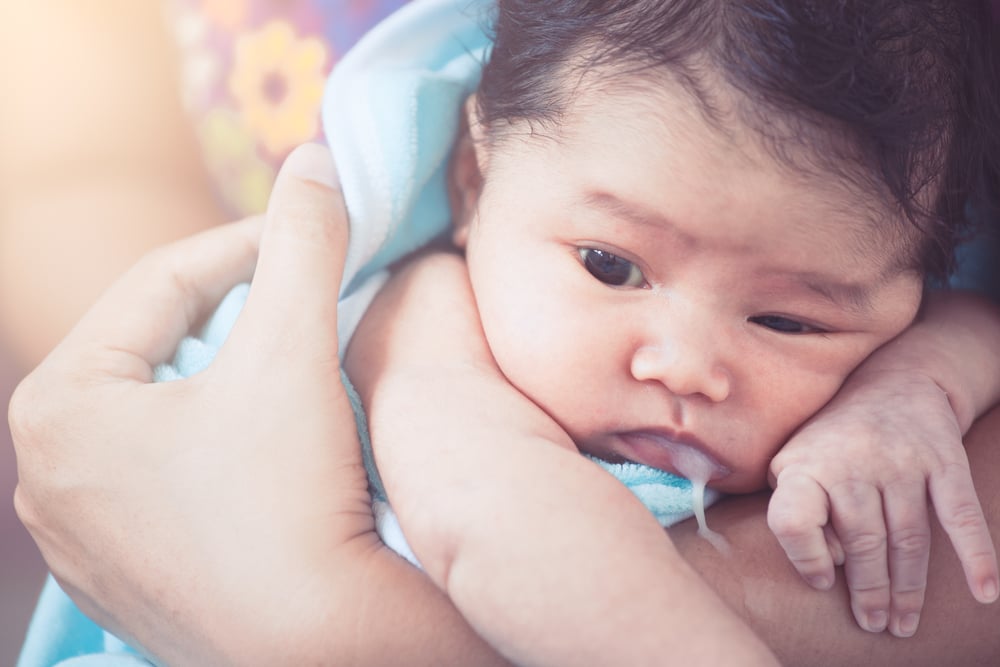



A Ma Tres Chere Maman De Ton Bebe Reflux




Stridor Du Bebe La Goutte De Lait Saint Leon
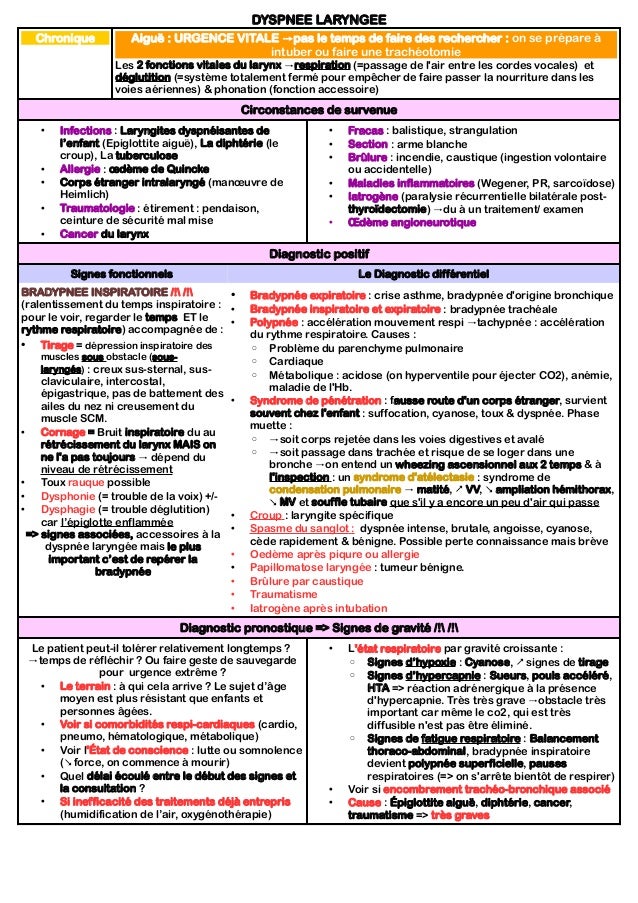



Semiologie Orl




Laryngomalacie Centre De Reference Des Malformations Orl Rares




Pediatre Oran Kari Karim Home Facebook



Jim Fr Stridor De L Enfant Laryngomalacie Ou Malformation
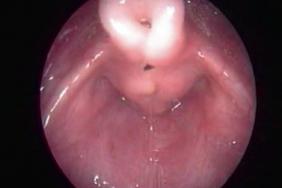



Stridor De L Enfant Laryngomalacie Ou Malformation Opa Pratique




Mon Enfant N Entend Pas Pas A Pas En Pediatrie




La Dyspnee Laryngee De L Enfant Ppt Video Online Telecharger



Fmoq Legacy S3 Amazonaws Com Fr Le medecin du quebec Archives 00 09 053 057dregermain16 Pdf
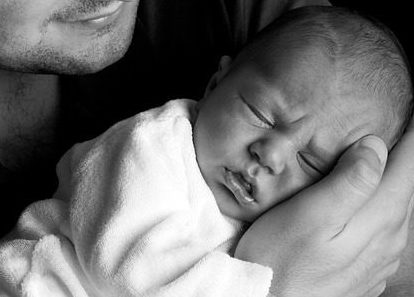



Le Stridor Qu Est Ce Que C Est Mamans Pratiques



Dumas Ccsd Cnrs Fr Dumas Document




Maladies Rares En Pediatrie




Laryngomalacie Traitement Causes Diagnostic Perspectives Et Plus Sante 21




Pdf Causes Of Stridor In Newborns




Physiopathologie Et Demarche Diagnostique Face A Une Laryngomalacie Du Nourrisson Sciencedirect




Laryngomalacie Littlemeline




La Nasofibroscopie Chez L Enfant En Consultation Orl Modalites Et Indications Sciencedirect



Search Q Laryngomalacia Sound Tbm Isch




Les Parents De Jaxon Sollicitent L Aide De La Population




Stridor Et Laryngomalacie Figure 1




Uncategorized Les Petits Caneles



Www Chu Toulouse Fr Img Pdf 5 Prise En Charge D Un Stridor Dr Gallois Pdf




Developpement Et Sante Dyspnees Obstructives De L Enfant Etiologies Diagnostic Et Prise En Charge




Stridor Des Premiers Mois De Vie Ecouter Ou Agir Pediatrie Pratique



Aucun commentaire:
Publier un commentaire